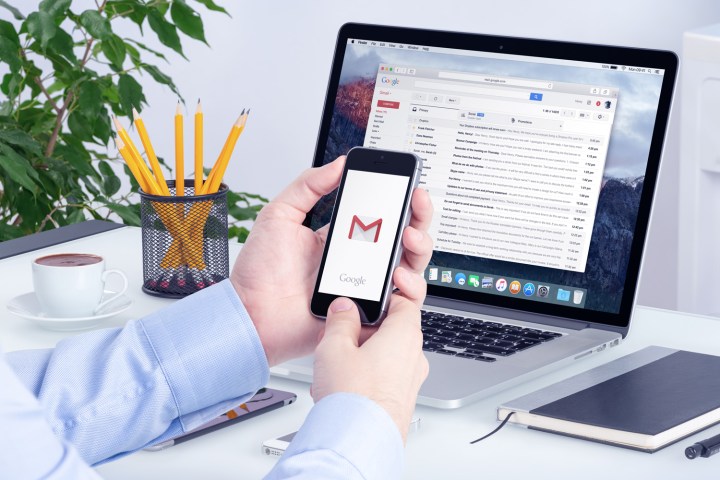
Three months on and the Mountain View-based company has finally gotten around to adding the same anti-phishing security check to the Gmail app for iOS.
“Going forward, when you click on a suspicious link in a Gmail message on your iPhone or iPad, we’ll show the warning below,” Google said in a blog post outlining the new measure. “We recommend that you use caution before proceeding, because the link is likely unsafe. Only proceed if you’re confident there’s no risk.”

The warning points out that you could be about to visit an untrusted site, and asks whether you really want to proceed.
If Google already knows that a particular website is fake and therefore a security risk, Gmail will display a message telling you so, adding that the site intends to “trick you into disclosing financial, personal, or other sensitive information.” If you’re absolutely sure the link is safe, you can still head to the site, but Google warns that it’s “at your own risk.”
The web giant said the security feature is being issued gradually to people that use Gmail on an iPhone or iPad, and should be working for everyone by the end of August.
Phishing emails can look like official correspondence from an online service that you use — or even masquerade as a message from a friend or co-worker — and often contain a link that can cause a victim to unwittingly give away log-in credentials or other information of value to the scammers, or install malware on their computer that can lead to a myriad of problems.
While a lot of phishing emails are easy to spot — look for dire spelling and other sloppy errors made while trying to imitate a business — such attacks have become much slicker and more sophisticated in recent years, leaving many web users reliant on security measures built into software such as Gmail to flag up potentially dangerous emails.
Want to know what you can do to protect yourself from phishing scams? Here are 10 suggestions from Phishing.org to get you started.
Editors' Recommendations
- Apple is about to do the unthinkable to its iPads
- An Apple insider just revealed how iOS 18’s AI features will work
- iPhone 16: news, rumored price, release date, and more
- iPhone SE 4: news, rumored price, release date, and more
- 3 reasons why I’ll actually use Anker’s new iPhone power bank


